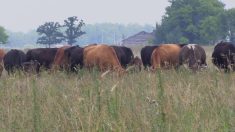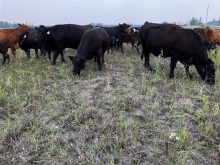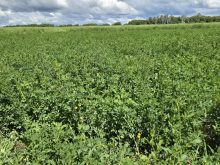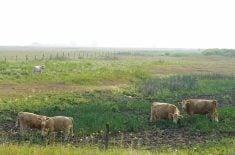The Beef Cattle Research Council (BCRC) hopes the third and final year of data collection will fill the gaps in a national cow-calf cost of production network.
The network hopes to dive deeper than general benchmarks based on industry averages and, instead, will allow producers to compare metrics with farms sharing their management practices and region.
“Are you competitive and comparable with others of a similar production system?” CanFax executive director Brenna Grant said during a September webinar. “We have so much variety in the cow-calf sector that, sometimes, those provincial averages don’t really make a lot of sense, and it can be helpful to look at production systems similar to your own and say ‘are their numbers, in terms of a benchmark, similar or different and is there something that is actually possible for me to strive towards?’”
Read Also
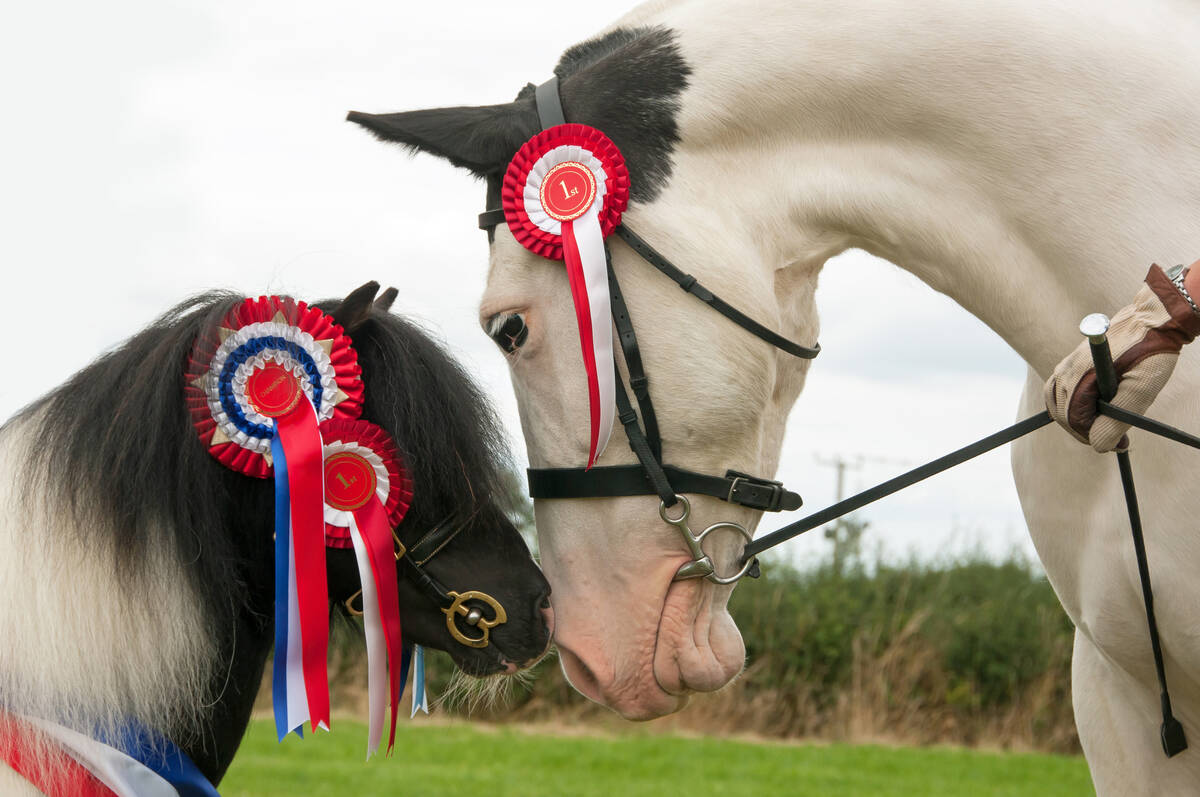
Linebreeding horses drives genetic bottlenecks
Too much linebreeding and prioritizing pedigree can narrow genetic diversity and lead to horse health problems in future generations.
Why it matters: Developers say they would like more large herds and year-round grazing systems, among others, to fill out their cost of production variables.
The network currently draws on 46 farms, most from Western Canada. Of the 29 benchmark farms in the West, five are from Manitoba, with most falling into the second largest herd-size category (200-300 head) counted by the network. Those are bracketed by one participating farm in each of the 100-200 head and over-300 head categories.
The network is currently lacking in large herds, Grant acknowledged, noting that, in particular, they’d like to see more participation from producers running at least 400 cattle. There is currently no participating Manitoba farm in that category.
Only three farms in the network do match that criteria — one in British Columbia and two in Saskatchewan.
Year-round grazing systems are another gap, Grant also said.
The network previously noted the need for more regenerative systems, purebred herds and grass-finished operations.
Drought
The fact that one of their three data years coincides with historic drought in Western Canada did not escape network developers.
A feed shortfall assessment was included for all participating farms last year, Grant said.
The network reported a 27 per cent increase in average feed cost last year across all benchmark farms, and as high as a 47 per cent jump in the West.
Only 12 per cent of network farms were able to cover short-, medium- and long-term costs last year, the network reported — short-term costs being defined as immediate cash costs. Medium-term refers to both cash costs and depreciation, and long-term costs include opportunity costs, market value on investments and the farmer’s own land (if rented, how much could the farmer make?) and labour (how much would it cost for a hired hand for that same labour?). In 2020, 32 per cent of surveyed farms were meeting all costs.
However, Grant said that despite last year’s numbers and drought, Manitoba and Alberta may have better weathered the financial storm.
“On average, for farms in Alberta and Manitoba, they were still able to cover their medium-term costs.”
British Columbia, Saskatchewan, Ontario and the Maritimes were less fortunate. Benchmark farms in those regions shifted from being able to cover medium-term costs to just covering short-term costs last year.
Part of that could be herd size, Grant noted. The network has identified economies of scale as one of the indicators of a farm’s profitability, and most of Manitoba’s participating farms are larger compared to other provinces that include data on more farms with fewer than 100 head.
Across the network, about 89 per cent of farms running 200 and 300 head and 75 per cent of farms above 300 head have been profitable in years where data were collected. Below those numbers, the chance for profitability fell to 50 per cent or below.
Saskatchewan, one of the provinces hurting for cost coverage last year, does count some of the largest herds in the program, but also saw the largest feed cost increases in 2021. Cash costs in participating farms jumped up 36 per cent in that province, the network noted, compared to 25 per cent in Manitoba and 22 per cent in Alberta.
It is possible for herds of less than 100 head “to be cost competitive with operations that are over 200 or over 300 head,” Grant said. “It is definitely possible and we do have benchmark farms that are able to do that… While there are definitely economies of scale, there are other factors that do impact this.”
Sizing down?
Bigger, for example, may not be necessarily better when it comes to cow size. Network data linked significantly lower feed and cash costs with farms that had lighter mature cows.
Farms within the highest profit bracket averaged herd sizes around 308 head and cows weighing in at an average 1,330 pounds. Those in the lowest-profit bracket, meanwhile, averaged 127 head and mature cow weights around 1,376 pounds.
Another insight puts less emphasis on the type of feed.
Any feed can be high or low cost, Grant argued, backed up by data from the network. Data from 2020 and 2021 suggested that, while silage-hay mixes seemed more consistently profitable, feeds like plain hay, plain silage or annuals had a more even split between profitability and loss in the medium term.
“If you are aiming to be a low-cost producer, you really need to aim for less than $800 (per cow) on the cash cost side, and less than $1,200 on the total cost side,” she said.
Network-wide, average cash costs per cow were reported at $924 for cash costs and $1,518 for total costs.
Final call
Producers have until November to sign up to participate in the final data set of the network, Grant noted. They will only have to produce data for the initial collection, and then will have five years before the network returns to update the farm’s information.
More information on the network can be found on the BCRC website.





